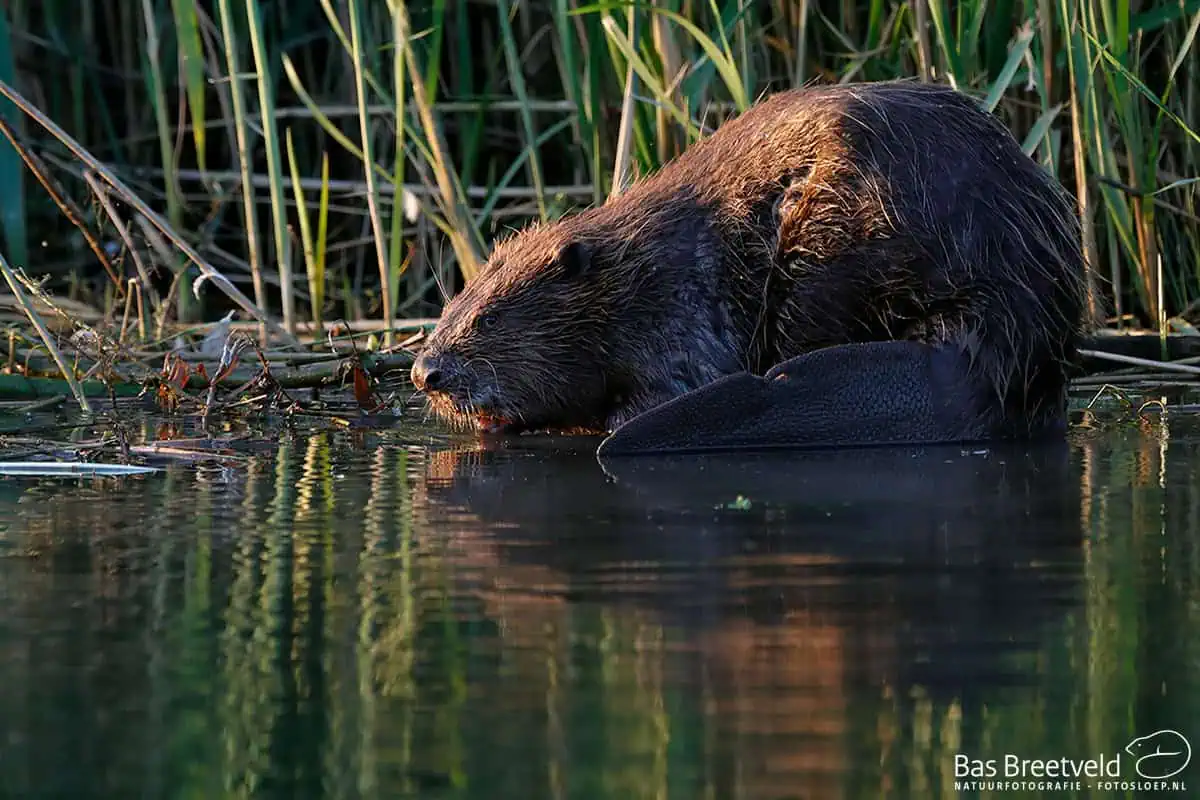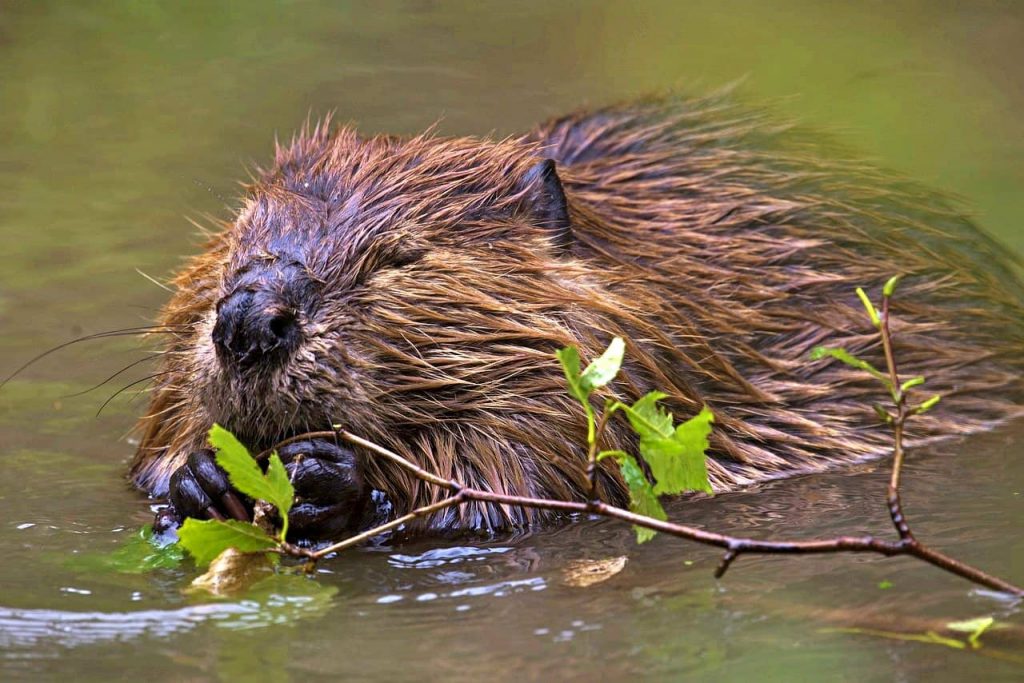The ecological impact of beavers was rediscovered through long-term ecological studies and reintroduction efforts in North America and Europe. Scientists like Bavarian beaver legend Gerhard Schwab, an ecologist specializing in wetland ecosystems, and Derek Gow, a British conservationist leading beaver rewilding in the UK, documented how beaver activity reduces drought, restores wetlands, and increases biodiversity. Research in Canada and the U.S. showed that areas with beavers retained nine times more water during droughts, proving their role as ecosystem engineers. Their findings have driven global efforts to reintroduce beavers as a natural solution to water management and biodiversity loss.
How Beavers Engineer Ecosystems
1. The Disruption: Beaver Decline and Ecosystem Degradation
For centuries, beavers (Castor canadensis in North America, Castor fiber in Europe) have been one of the most influential ecosystem engineers. These rodents play a crucial role in shaping wetlands, slowing water flow, and increasing biodiversity. However, from the 17th to 19th centuries, beavers were heavily trapped for their fur, leading to their near-extinction in many regions. In North America alone, populations plummeted from an estimated 200–400 million to fewer than 100,000.
Without beavers, ecosystems began to change:
- Rivers flowed faster and straighter, increasing erosion and soil degradation.
- Wetlands disappeared, as beaver dams were no longer there to retain water.
- Droughts became more severe, with less groundwater recharge.
- Biodiversity declined, as many species—such as fish, amphibians, and birds—lost critical wetland habitats.
By removing beavers, humans unintentionally degraded landscapes, making them less resilient to drought, flooding, and biodiversity loss.
2. The Turning Point: Beaver Recovery and Reintroduction
In the 20th century, conservation efforts led to beaver protection and reintroduction programs. As beaver populations recovered, their return transformed landscapes in remarkable ways:
- Dams slowed water flow, allowing nutrient-rich sediments to settle, improving soil fertility.
- Water tables rose, increasing groundwater storage and reducing drought impacts.
- Flooding became less severe, as dams spread water across the landscape, rather than allowing it to surge downstream.
- Wetlands expanded, providing habitats for fish, amphibians, birds, and insects.
With just a few families of beavers constructing dams and lodges, entire ecosystems began to heal themselves naturally.

3. The Biodiversity Boom: Beavers Creating Wetlands
As beaver populations grew, the landscape transformed:
- Beaver ponds provided nurseries for fish, including salmon and trout, whose populations increased due to the cooler, more oxygenated waters.
- Amphibians thrived, as slow-moving waters provided ideal breeding grounds for frogs, salamanders, and turtles.
- More wetland plants, like willows and cattails, flourished, supporting pollinators, birds, and small mammals.
- Predators returned, including otters, herons, foxes, and bears, drawn to the abundance of food in wetland habitats.
By creating wetlands, beavers boosted biodiversity at every level of the food web.

4. Key Lessons from Beavers
This case demonstrates several ecological principles:
5. Conservation Implications: The Power of Beavers
Beavers are nature’s water managers—their ability to create wetlands helps:
This case proves that restoring beaver populations can naturally rewild landscapes, making them healthier, more resilient, and more biodiverse.
Conclusion
The return of beavers has proven that a single species can reshape entire landscapes, restoring wetlands, stabilizing rivers, preventing droughts, and boosting biodiversity. By building dams, beavers slow water flow, create habitats for fish, amphibians, and birds, and enhance soil fertility, making ecosystems more resilient to climate change. Their impact demonstrates that rewilding keystone species can heal degraded environments without human intervention. Beavers are not just ecosystem engineers—they are nature’s water managers, offering a cost-effective, sustainable solution to restoring rivers and wetlands worldwide.



